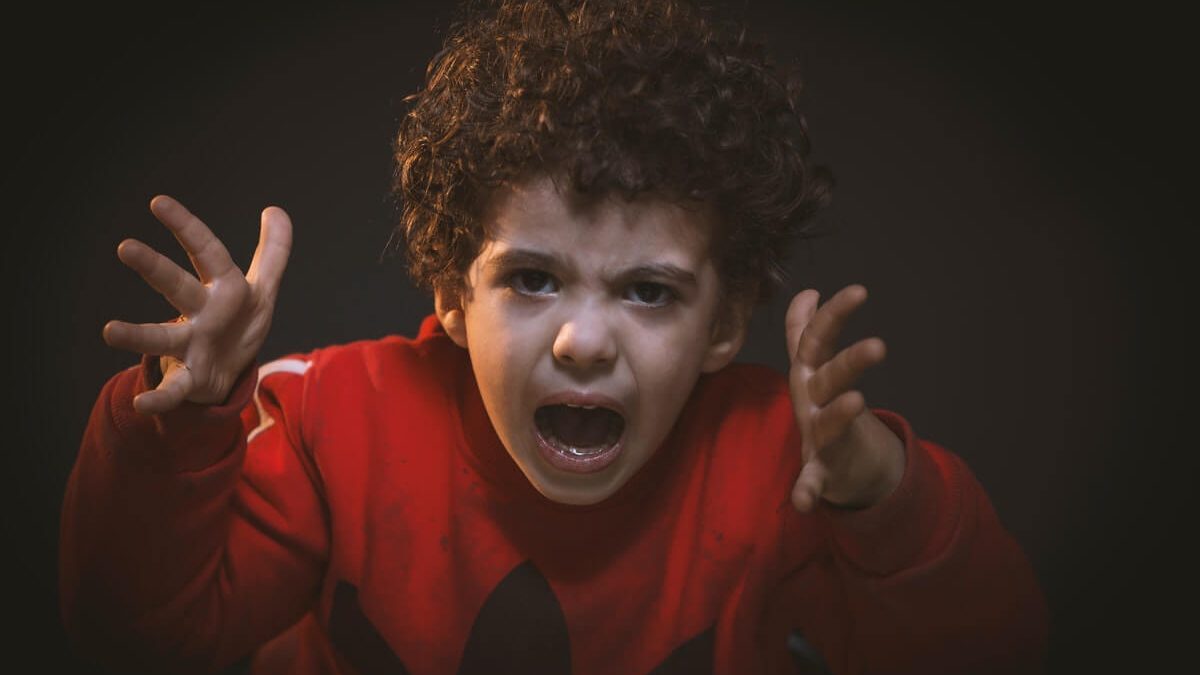While the majority of the population lives a healthy and content lifestyle without facing any physical or mental health issues, some people are not fortunate enough in this regard as they develop some of the other physical or mental health issue that sticks with them for a lifetime.
One such problematic issue is Autism, which is also known as autism spectrum disorder (ASD).
Autism and Factors Associated with It
This refers to broad conditions that are characterized through social skill challenges, problems in speech, repetitive behaviors and communication in non-verbal form. According to the center for disease control, 1 in around 59 kids get affected by autism in the U.S.
Also Read: 7 Easy Ways to Improve Child’s Memory
There isn’t only a single type for autism, but there are a lot of sub-types as well for sure, most of these are influenced through environment and genetic issues. Autism can also be said as a spectrum disorder as different people with autism mostly face different sets of challenges.
Ways in which people learn from autism, think and solve problems range from severely challenged to highly skilled. Various people with autism spectrum disorder would also require a lot of support in day to day lives, while other people require a greater amount of support in their day to day lives, and in a few cases, they also live without any support at all.
The development of this condition can be influenced by a lot of factors. Autism is mostly an outcome of medical issues and sensory sensitivities like gastrointestinal (GI) disorders, sleep disorders, seizure or different health issues like depression anxiety and issues in attention.
Indicators of this condition typically appear by 2 to 3 years of age. Some associated delay development might even occur much before this age. It is often diagnosed as early as 18 months.
Autism Spectrum Disorder Symptoms and Signs
People who have developed ASD (Autism Spectrum Disorder) mostly face problems with skills of communication, emotional and social nature. They can repeat certain behaviors and might not think of changing day to day activities. A lot of people with ASD have different learning ways paying attention and reacting to different things.
ASD signs can begin at the time of early childhood and these typically last throughout the life of a person.
- Adults or children with ASD might:
- Not point at different objects for showing interest (for instance, they won’t point at a flying airplane)
- Have trouble relating to others and don’t develop an interest in other people.
- Avoid eye contact and they have to be alone
- Face trouble in understanding the feelings of other people or talk regarding their feelings
- They prefer not to get cuddled or held, or they would want to cuddle only when they think of doing
- They are interested in other people but don’t know the appropriate way to talk or connect to them
- Have trouble in expressing their requirements through typical motions or words
- Face trouble in adapting to routine changes
- They lose skills that they once used to have
- Lose skills that they had for once (for example, stop saying words that were being used)
- Deliver unusual reactions for things that taste, feel, sound or appear.
Also Read: Keeping Your Child Safe on The Internet
How to Diagnose?
Diagnosing ASD becomes difficult as there is no medical test available, such as a blood test, for diagnosing any disorders. Doctors mostly look at the child’s development and behavior for making a diagnosis.
ASD sometimes can be detected at around the age of 18 months or younger. By the age of 2, a diagnosis, through the help of experienced professionals gets considered quite reliable. However, a lot of children don’t get a final diagnosis until they turn out to be quite older. Such a delay means that ASD children won’t get any early help that they require.
Treating The Condition
The best treatment plan for autism is early treatment of the condition as early intervention leads to better development of the condition. With early intervention, you help children from birth to around 3 years of age for quick learning of important skills. These services can include therapies for helping the child walk, talk and interact easily with other people. Therefore, it would be quite essential for your kid’s doctor to think about whether your child goes through ASD or other development issues.
Even when your child doesn’t get diagnosed with autism spectrum disorder, he or she can still be eligible to get early intervention of treatment services. According to the Individuals with Disabilities Education Act (IDEA), it has been stated that children within the age of 3 years (36 months) are at risk of developmental delays would be eligible for such services.
You get these services through the early intervention system. You can approach this system to get an evaluation.
Additionally, for treating certain types of symptoms like speech therapy for language delays, you should wait to get a formal ASD diagnosis.
Since long ASD has been a vital public health issue to look upon. With various families that live with ASD, CDC conducts studies and researches on finding the exact cause of the disorder. Understanding various factors that make a person more likely to develop the ASD condition helps in learning a lot about this condition.


Stay connected